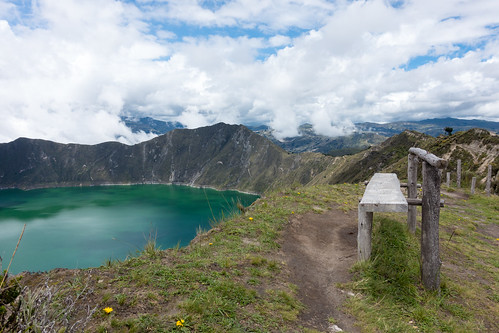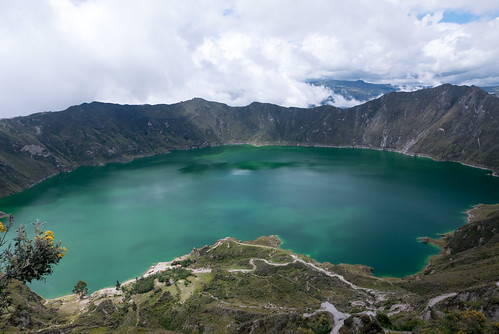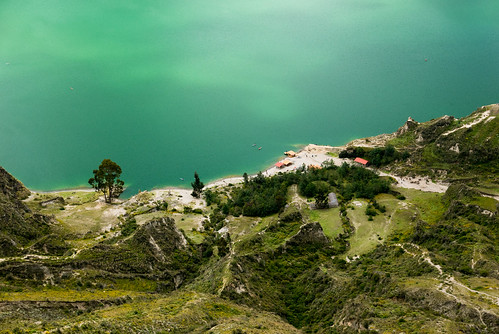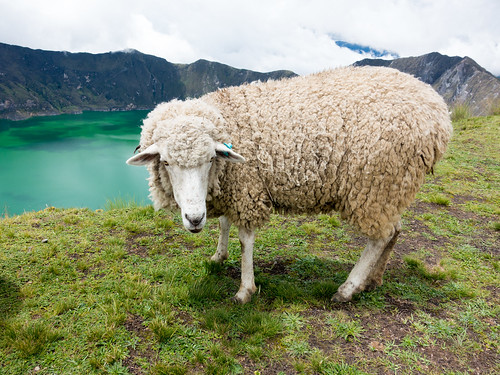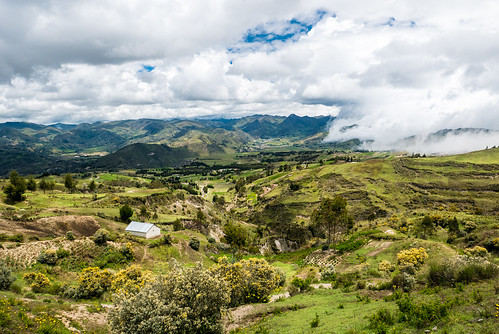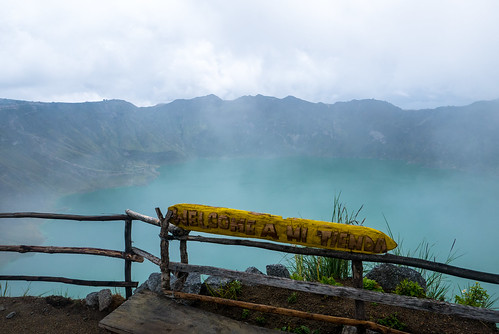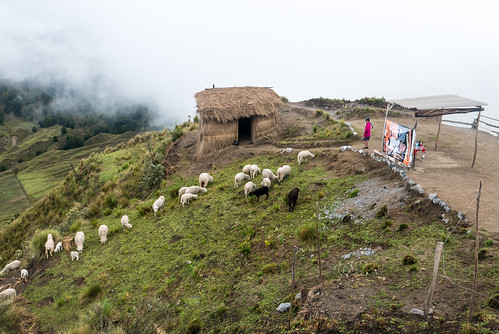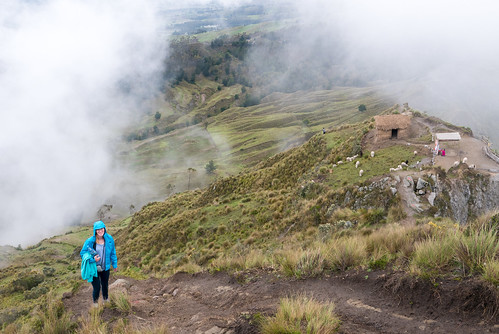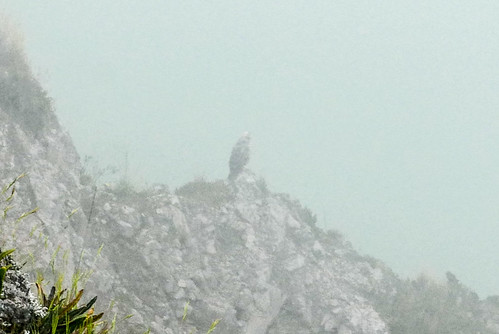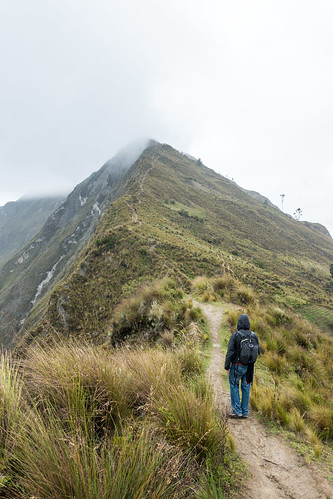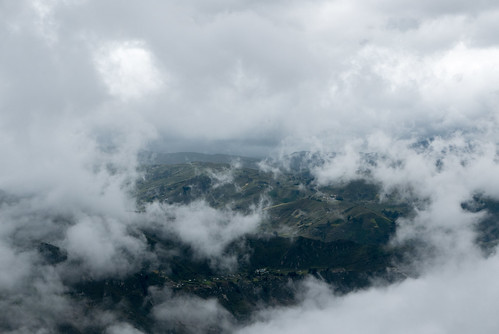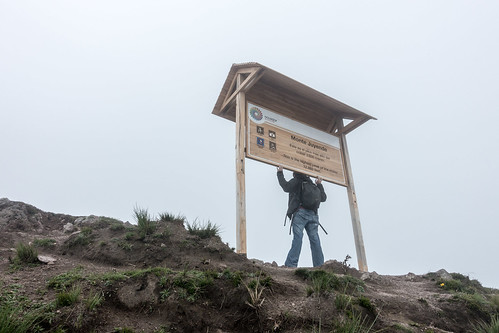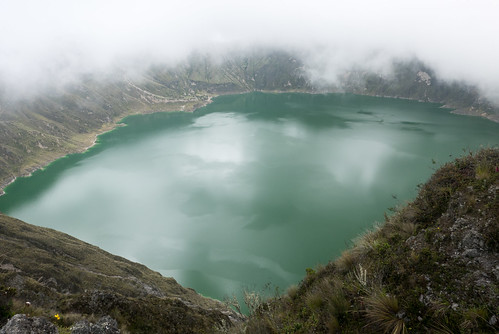We arrived at Quitumbe station in the south and located the Ecovia trolley headed north and everything seemed to be going great. Then, about three stops from where we were due to get off, we realised we recognised one of the stops. Then another. After checking the map, it seemed that the bus had turned around before reaching the end of its route. To this day, I haven't worked out why because I even confirmed with the tourist information office that it went there, but no-one else questioned it so I guess it'll remain a mystery.
We swapped buses at Terminal La Marin and confirmed that it definitely hit our destination, and before long we were at Andrés' apartment in the heart of the business district. He was a fantastic host and we clicked immediately; his 17-year-old brother Mateo was visiting too, so Andrés took us all out for a drive around the city. Mateo had never really seen much of Quito since he lived in the valley and only came to the city to skate. He was quite the skater too, with sponsorship from a company who gave him a new board every month. We may have inadvertently met the next Tony Hawk!
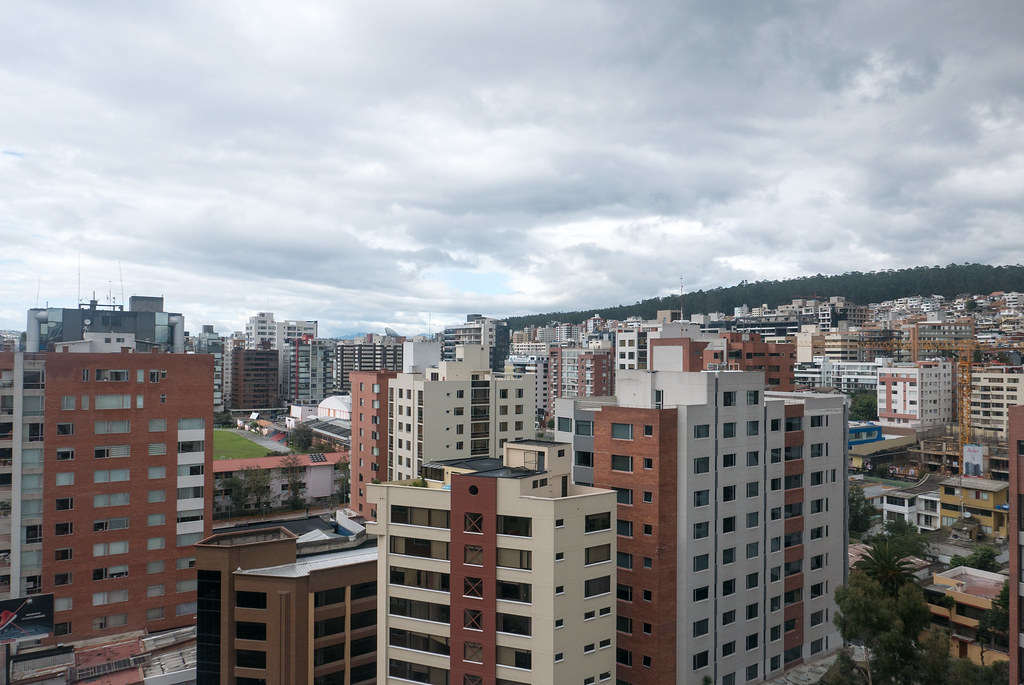
First stop was Parque Itchimbía, a green space with great views of the city and a huge Quito sign to take super cheesy tourist photos on.
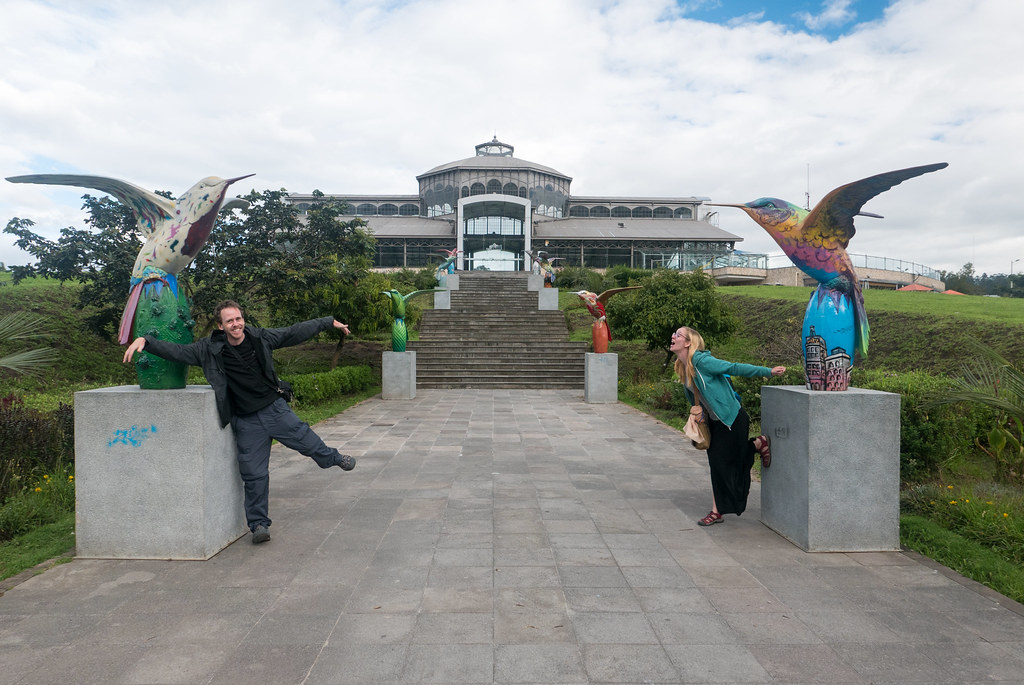
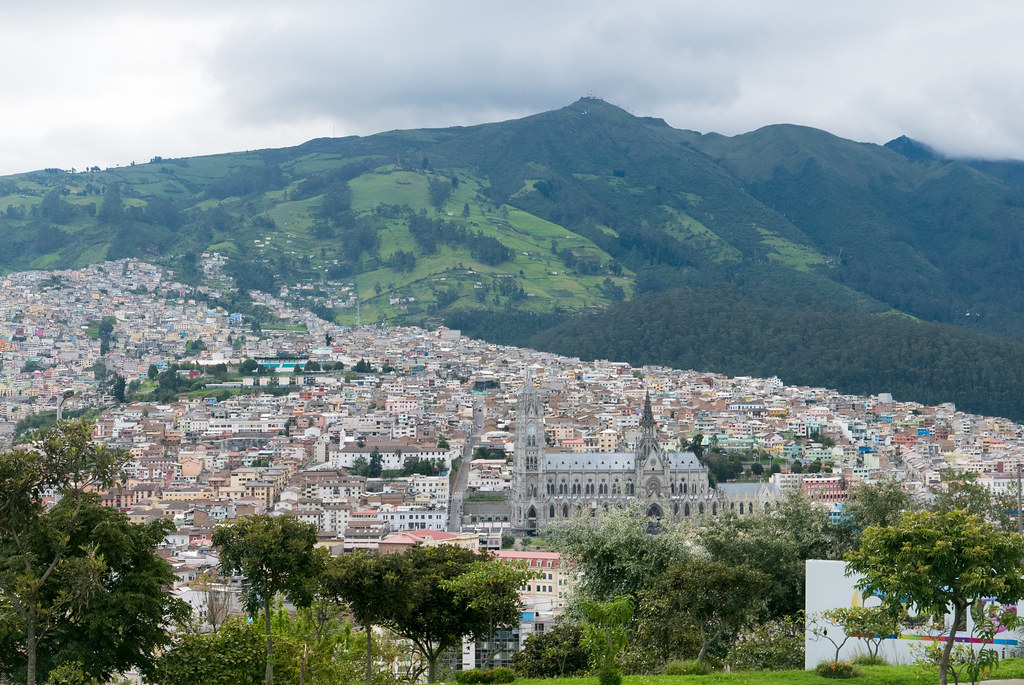


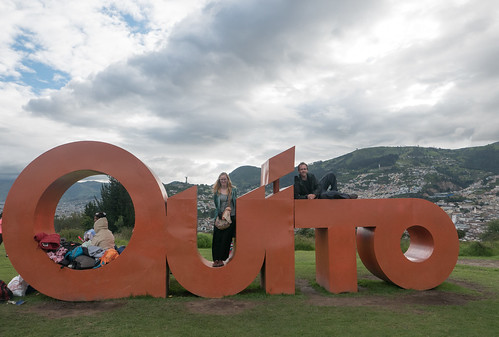
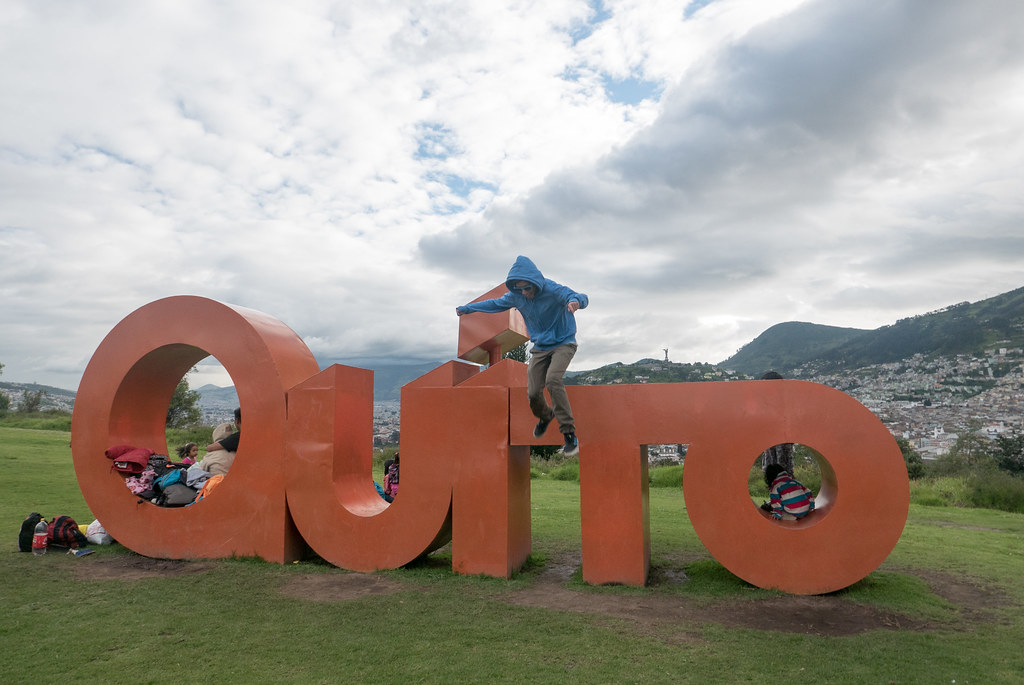
The view of the city was fantastic and took in the La Virgen de El Panecillo, a statue of a virgin complete with halo. South America really loves putting religious statues on hills. After a walk around the park, Andrés took us to Mosaico for an early dinner. This also had a great panoramic view, and the food (I went for satay chicken, Gilly enjoyed a caesar salad) was equally good. Apparently it's a great place for dates, which makes sense given the view. We watched the sun go down while sipping a hot wine drink which was bizarre, but quite enjoyable. Mainly because of the wine. Wine is great. The city started to light up as dusk took hold, and then Andrés drove us all to the Basilica which was lit up beautifully, and then to Compañía de Jesús, another church whose interior was covered in an absolutely obscene amount of gold. Walls, ceilings, pillars, the entire place was a gaudy example of the worst of religious hypocrisy. The amount of good that could be done with the tons of gold you could harvest from that church would go a long way to helping the poorer elements of society.
After our whistlestop night tour, we went to Andrés' parents' house in the valley to drop off Mateo. Andrés Senior was home, but his mum was out of town; they live in a cute bungalow with an absolutely enormous garden (Andrés' sister had their reception there). His dad was quite the sportsman in his younger days, and the house is plastered in athletics medals and trophies from motorbike racing. He also drinks regular Coca-Cola like water - we normally prefer diet, but sometimes the sugar hit is absolutely needed. I'm not sure I could handle 2 litres a day though! We played around with Jack, Zuca and Canela, their three dogs. Jack is a huge Akita and is only one year old, so they've got a lot of destruction to look forward to. Back at home, we chatted with Andrés over a glass of whisky. He works as a financial auditor for an oil company, and his office is literally across the road. He is a keen mountain biker and is in the process of setting up a tour in a nearby forest for other bikers. It's Facebook-only at present but if you are interested in biking, Andrés can guarantee you a great day out. Just get in touch!
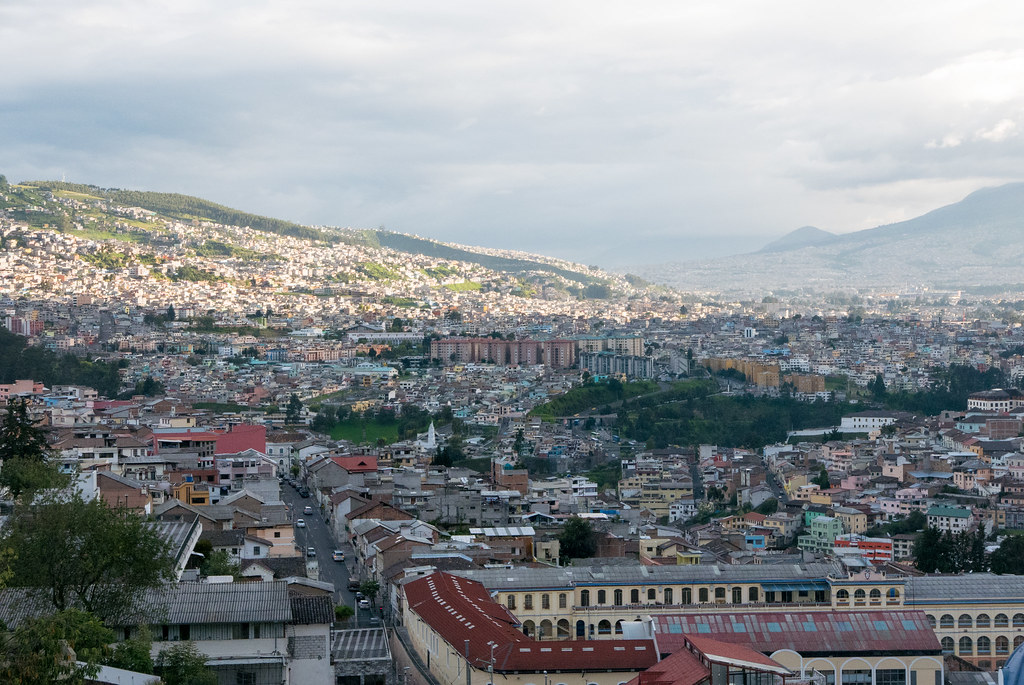
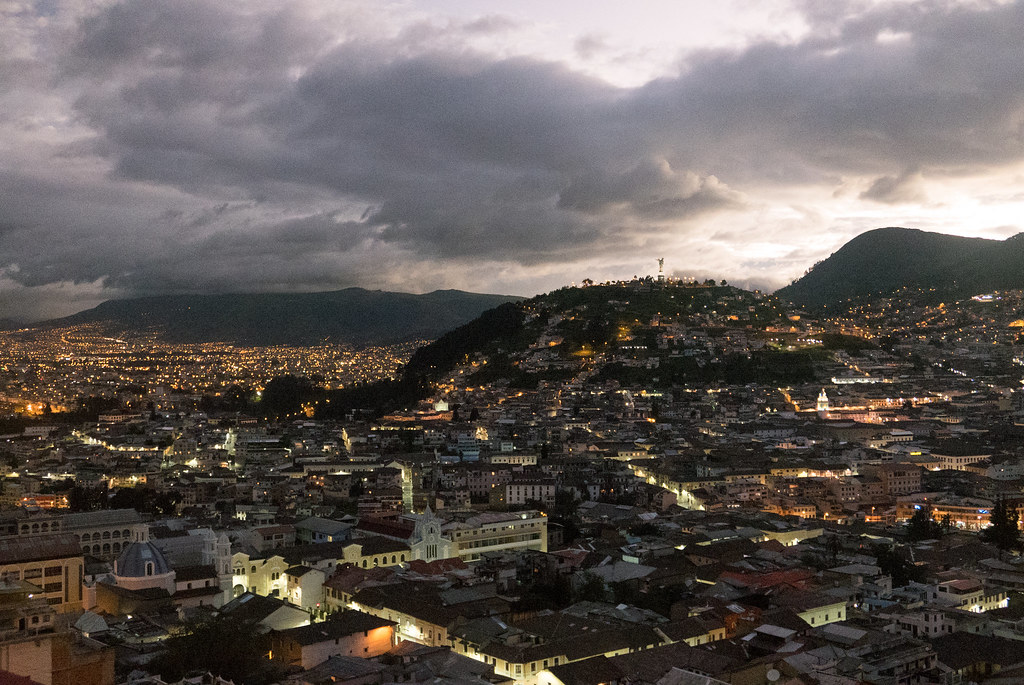

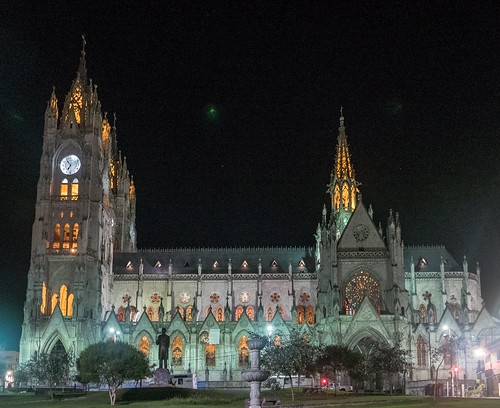

Thirty minutes' walk from the apartment is Museo Oswaldo Guayasamin, which we visited the next morning. I find the best way to get an understanding of a city, a culture or the history of a people is to explore their art. Guayasamin is one of Ecuador's most important expressionist painters, and though his style has been compared to Picasso I much preferred his paintings. Guayasamin was a fierce advocate for social justice, and his work often depicted his reaction to horrific events: the holocaust, the Vietnam War, and so on. His friends were high-profile, from Fidel Castro to Francois Mitterand, to Princess Caroline of Monaco. He was able to paint a portrait in between twenty minutes to three hours; we saw a video of him completing one of his friend Paco de la Lucia in about an hour, and the likeness was uncanny. The museum is actually Guayasamin's house, an open plan dream home that I would have loved to live in. There is also his architectural masterpiece next to it: La Capilla del Hombre (The Chapel of Man) which he unfortunately didn't get to see completed before he died. In here are a selection of his most important paintings (he did over 6,000 in his lifetime) and the foundation continues to be run by his children. The entire visit was far more interesting than I expected - possibly because of the tour guides that accompany you around the buildings - and I'd highly recommend visiting.
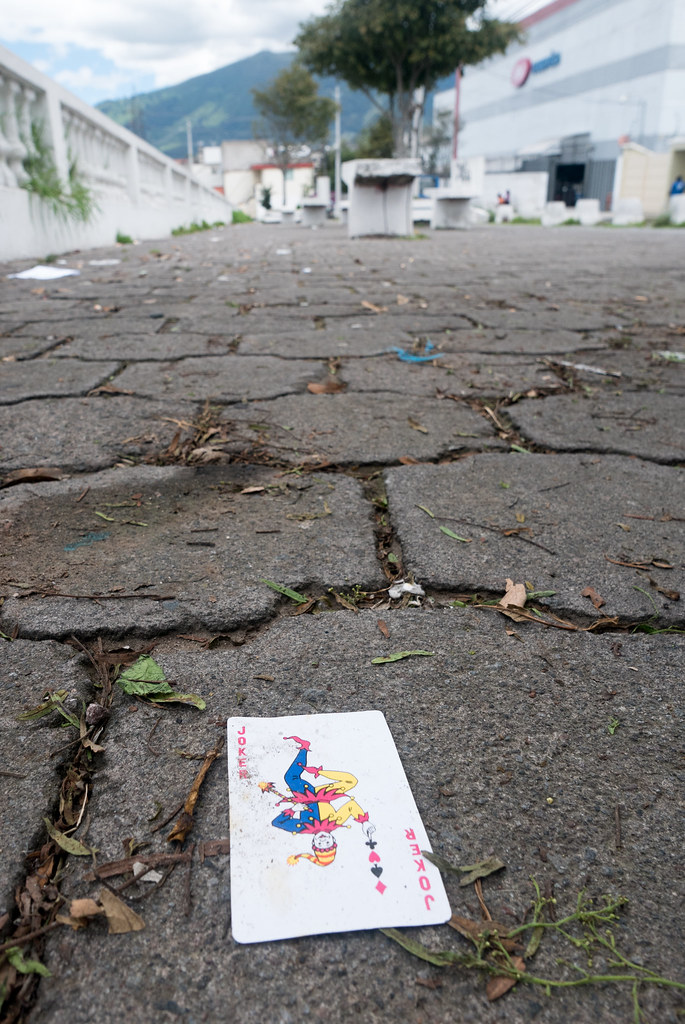
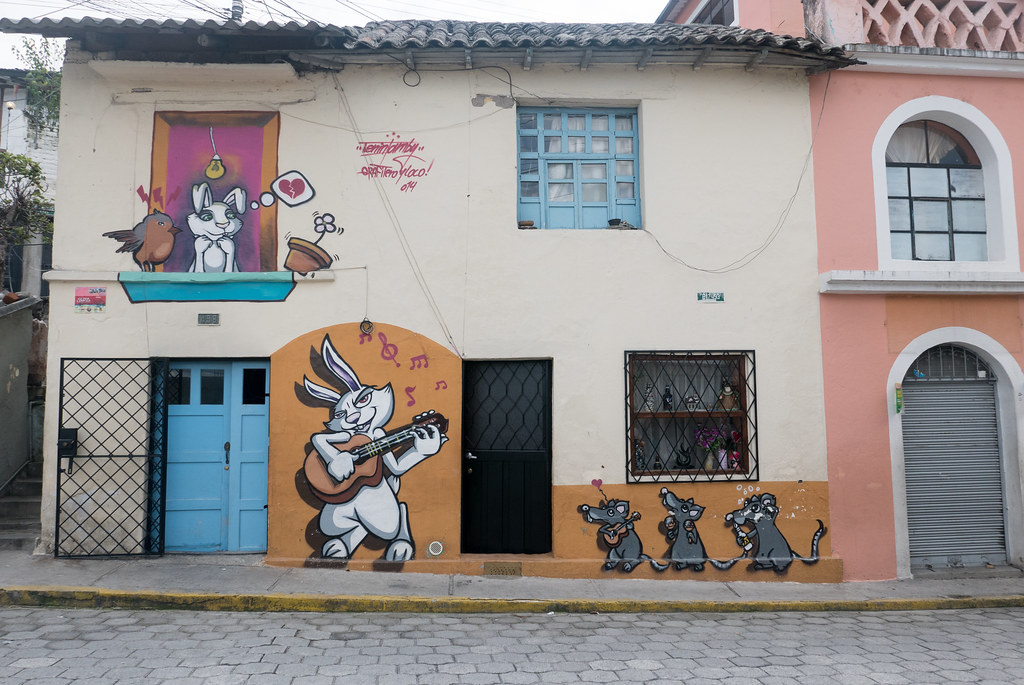
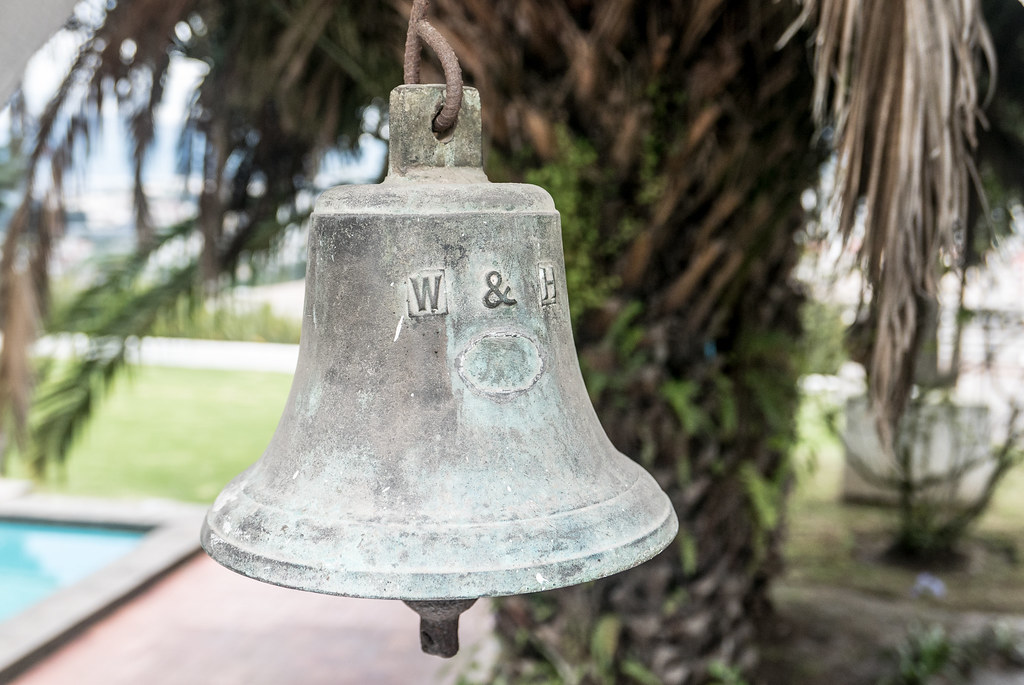
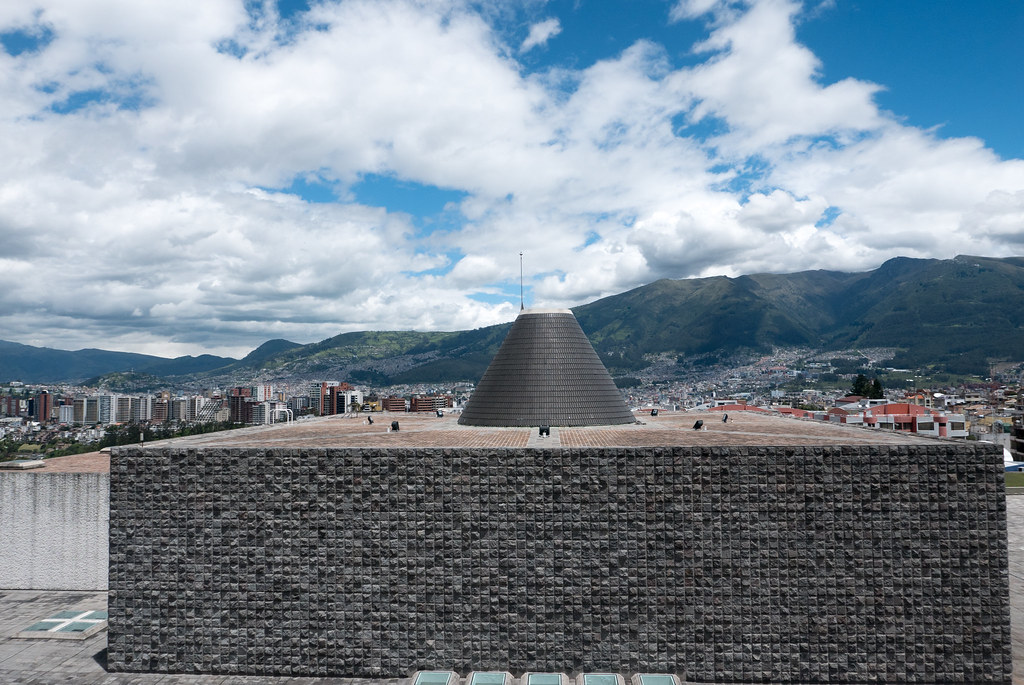

For lunch we were originally going to be eating at a vegetarian Indian place called Govinda's, but after looking at what was on offer (mostly soy), we ended up going to Las Corvinas de Don Jimmy for a great value $5 lunch which included tasty chunks of battered fish, roast potatoes, ceviche and a bowl of popcorn. This was followed by a visit to the far less interesting Casa del Alabado, a showcase of earthenware exhumed from burial sites of various Ecuadorian tribes. It had an audioguide for some of the exhibits but these ranged from overdramatic acting to just excerpts of music. I came out feeling that I'd not learned much more about the people than when I went in. but the old colonial house it was housed in was nice. We headed out for dinner again with Andrés who was meeting a couple of friends, and stopped at Inka Burger - a mobile burger van which, as a burger fan, I can really get behind. It was fab.

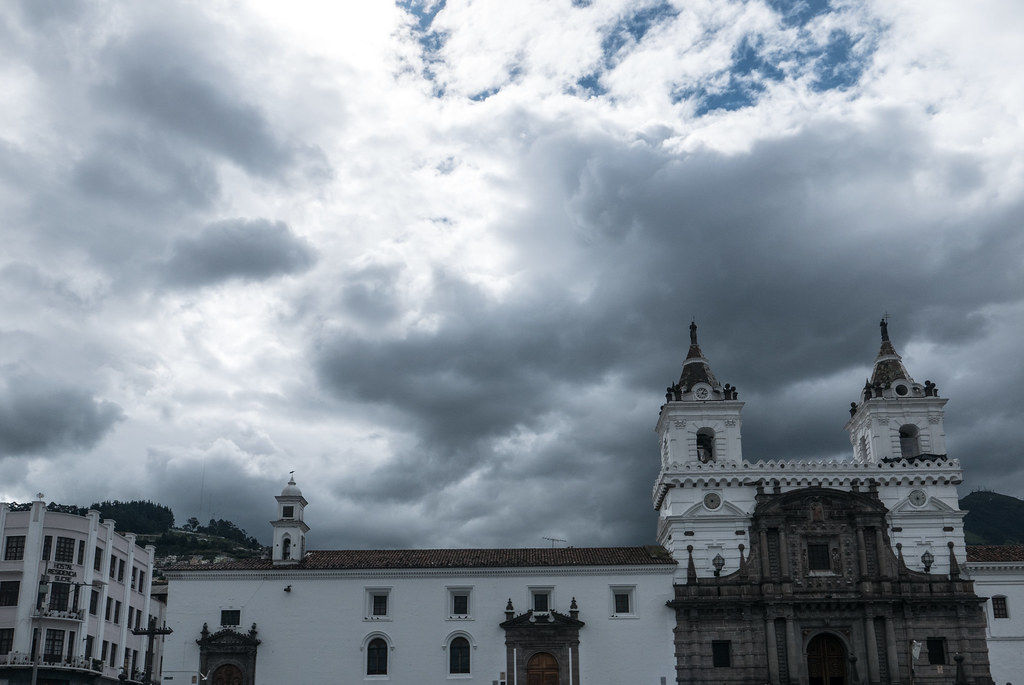
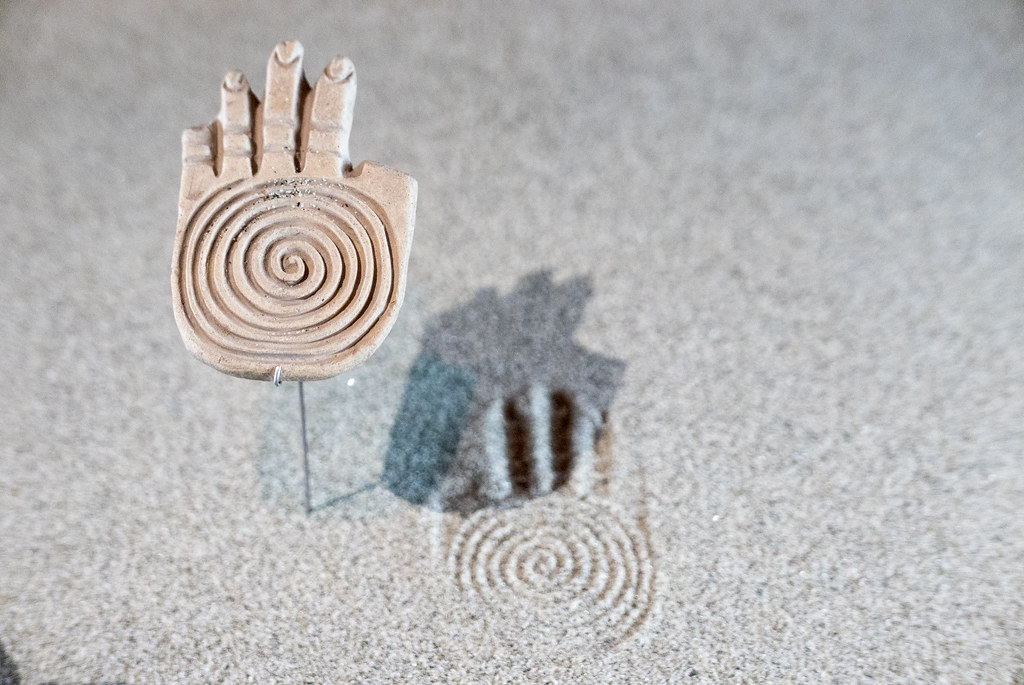
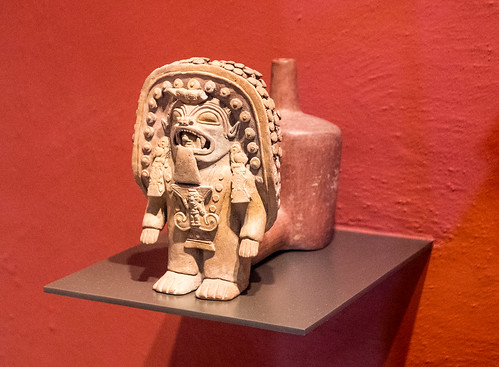
The weather had been pretty variable while we'd been in Quito, but we decided to grab a bus the next day to Ciudad Mitad del Mundo, a site famous for being sat on the line of the equator. If you've heard anything about this place, you'll know that it's a) not actually on the equator, and b) filled with amazing gimmicks to prove how weird the gravitational pull of the equator is. It got decidedly windy when we arrived, but there are plenty of buildings and attractions within the complex to hop into - it's definitely a "whole day" kind of trip.



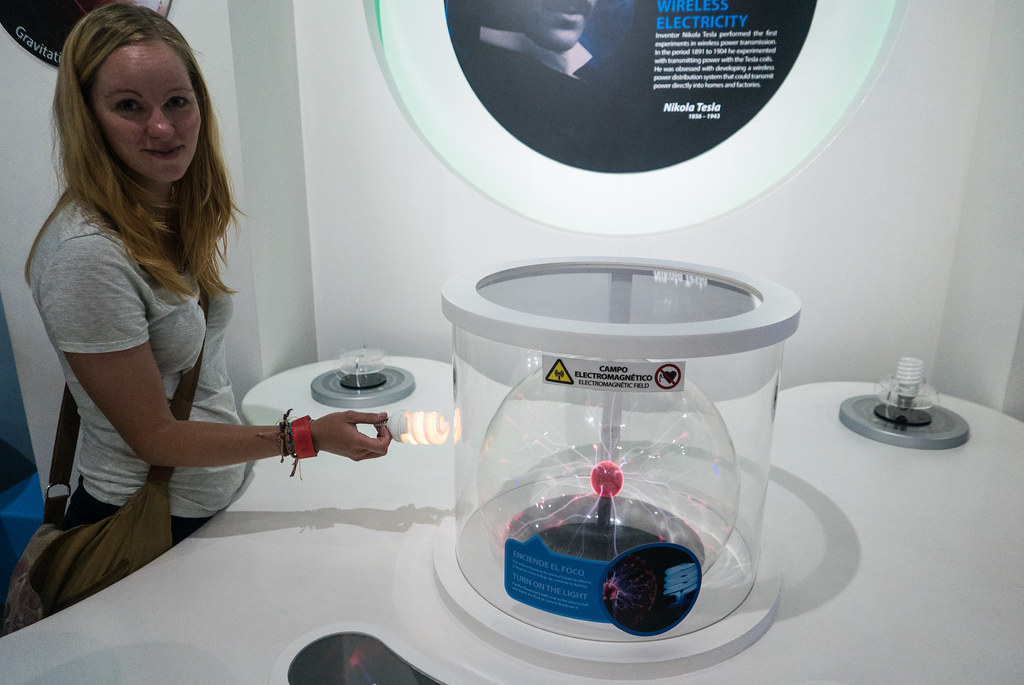
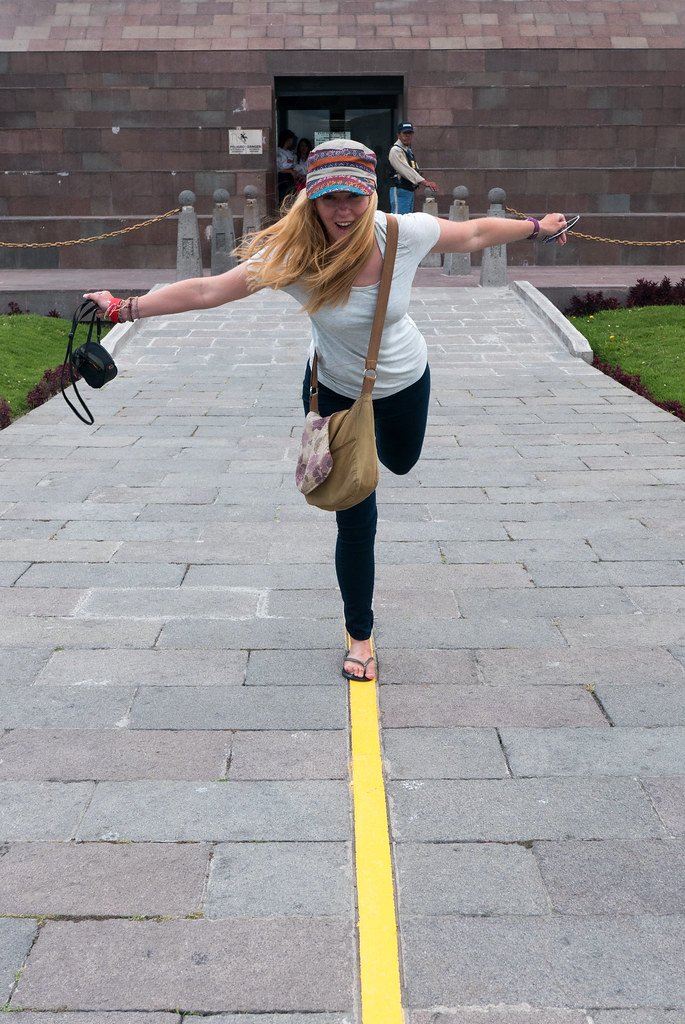
It's a polished experience with lots of science stuff to explore, and the usual tourist tat being sold, but the smaller location just up the road (which the advent of GPS has determined is the "actual" location of the equator) is just as interesting.
There are examples of buildings from years back which the indigenous population used, as well as numerous opportunities to see the "crazy effects" of the equator. One of these is about the Coriolis effect, where water rotates differently on different sides of the equator. It is an actual effect, but wouldn't be noticeable here. Our guide drained a bucket of still water on one side of the line, causing a leaf to rotate one way. On the other side she drained a bucket of water almost immediately after it had been poured in, and the rotation was opposite...but that was down to the turbulence of the water, not the effect itself. Still, she did it with panache so credit is due. Then there's the "balancing an egg on a nail" trick. Both Gilly and I did it after a few minutes, but that has absolutely nothing to do with the equator and everything to do with patience. Still, it was an entertaining couple of hours.
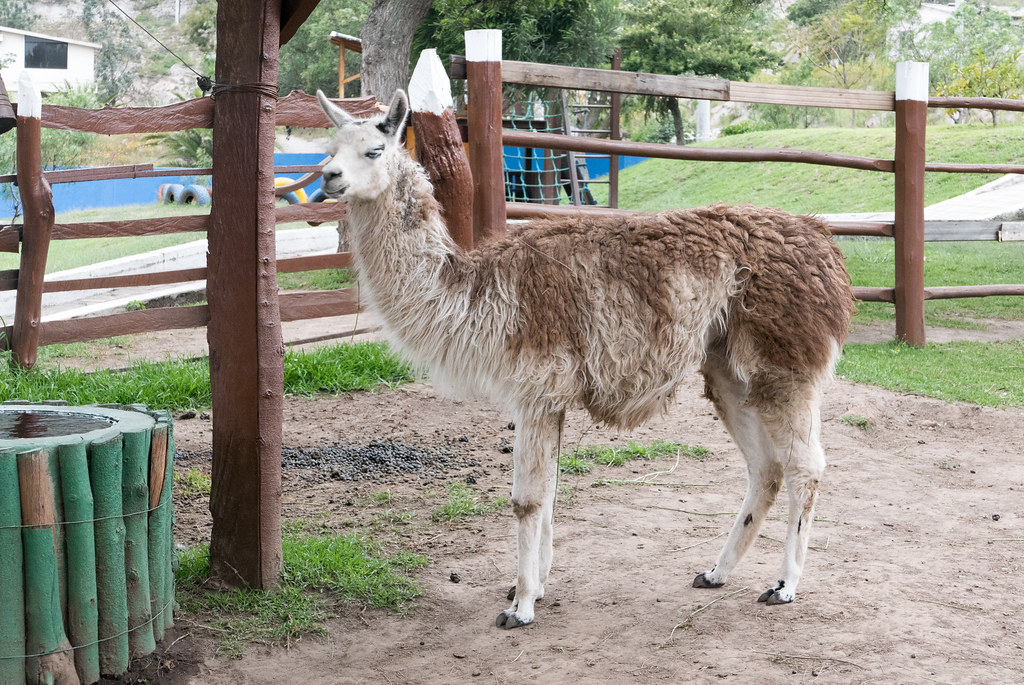
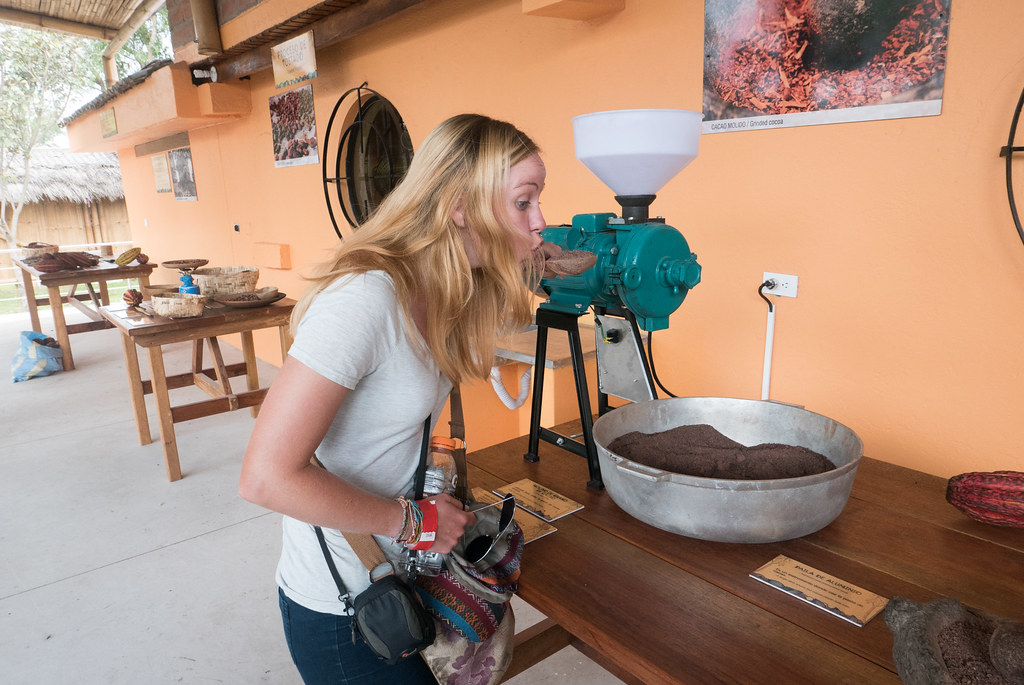
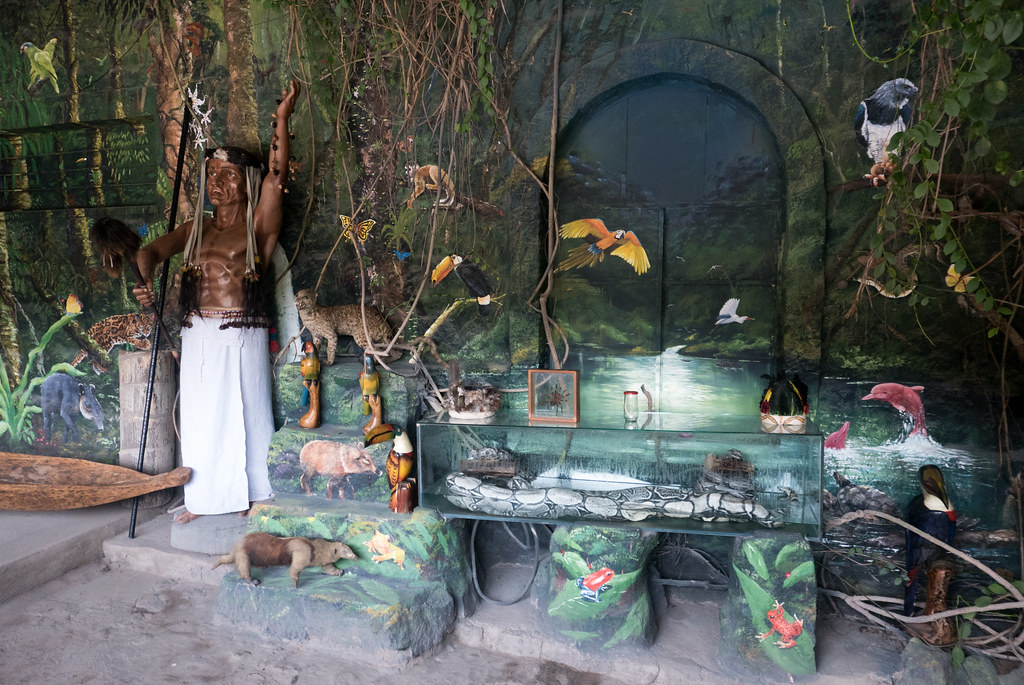
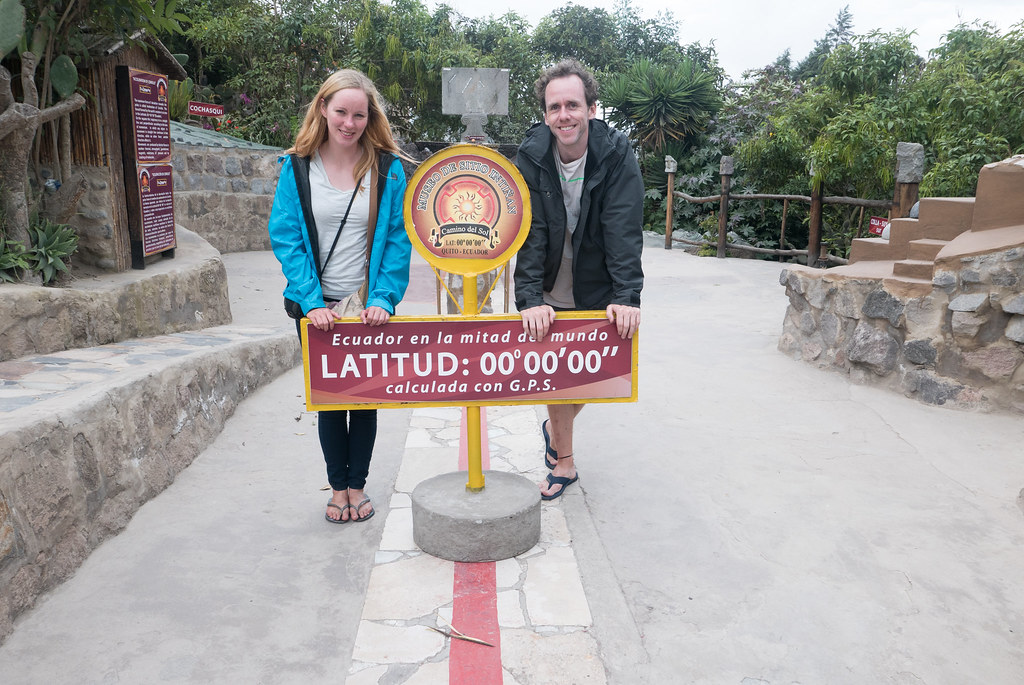
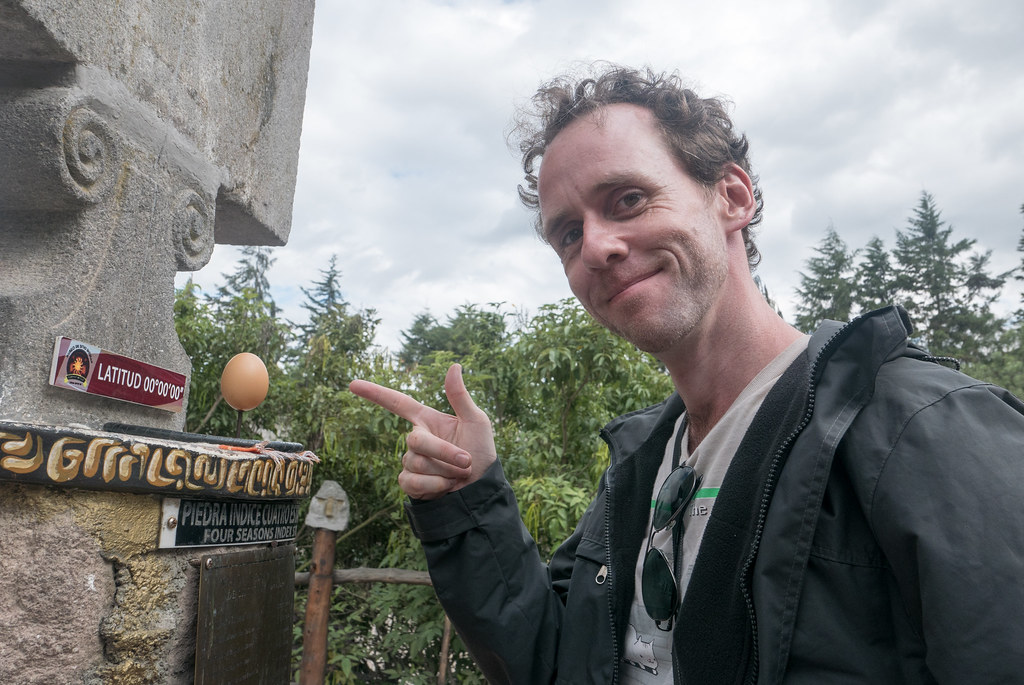
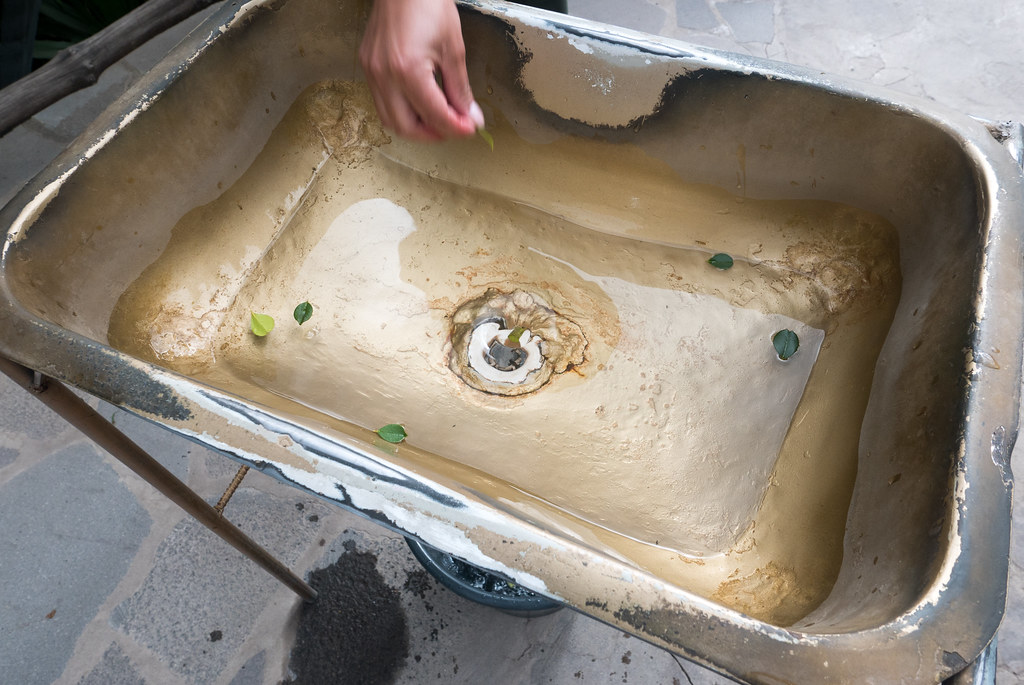
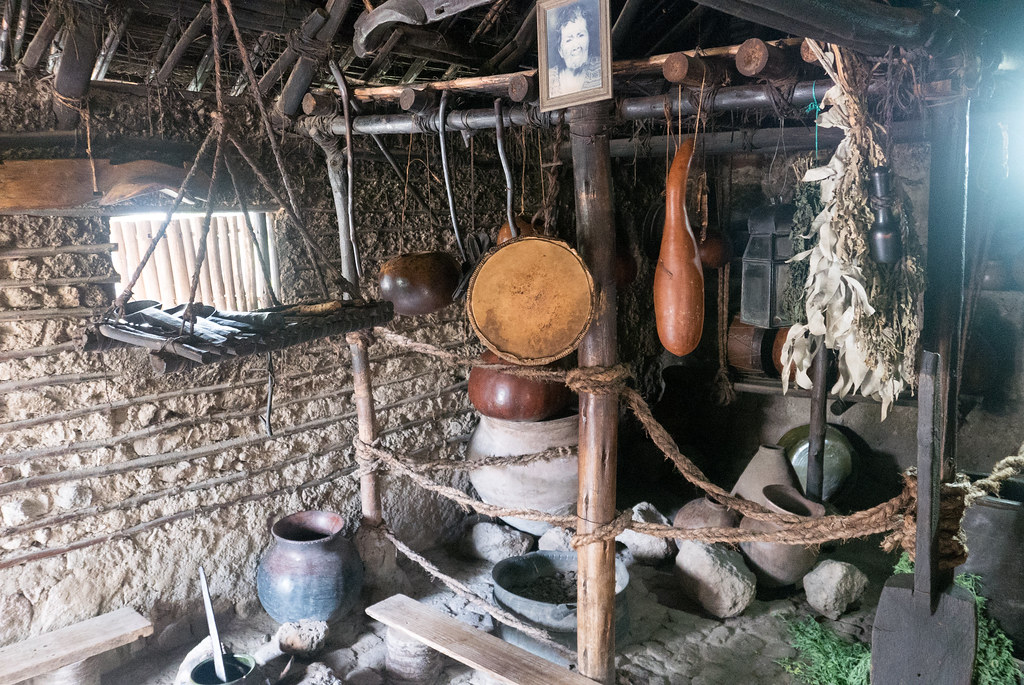
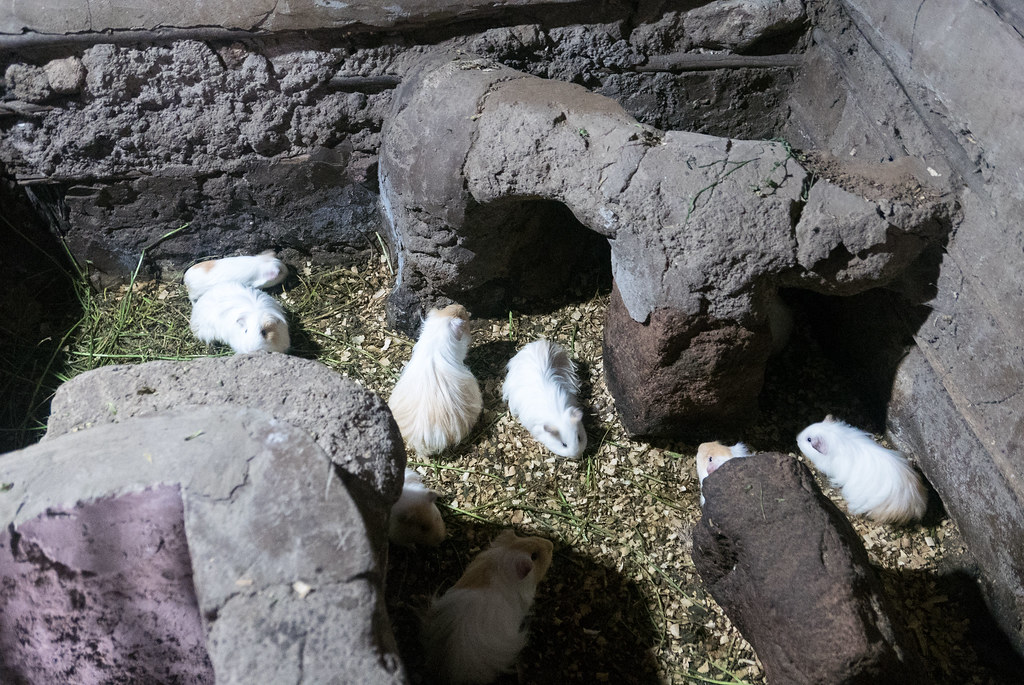
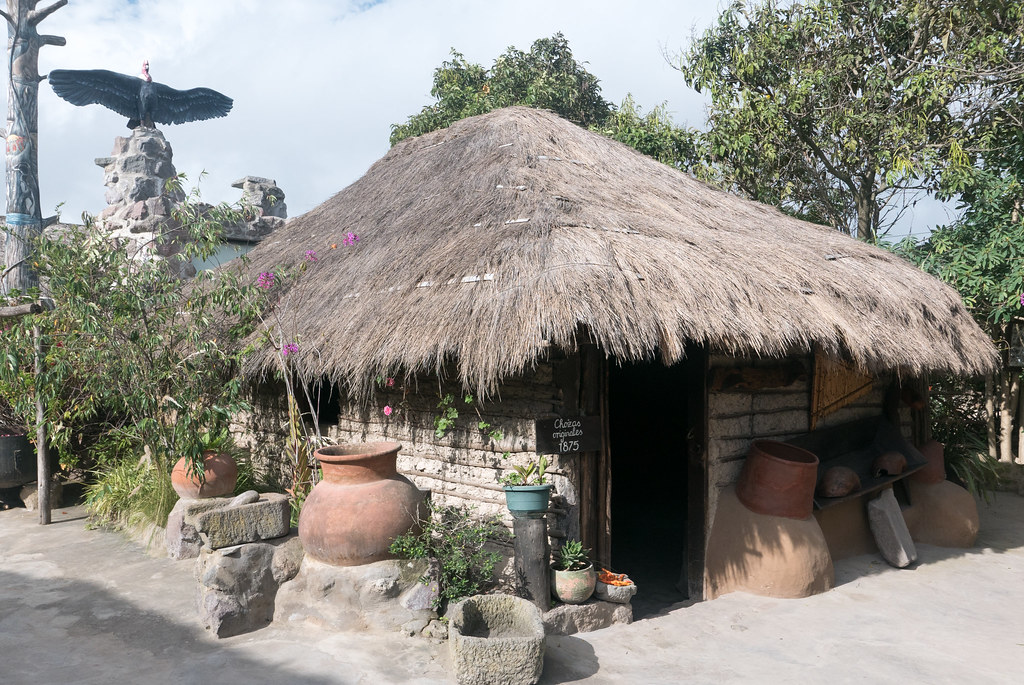
After we'd exhausted all of the touristy exhibits, we headed to La Oficina, a microbrewery, then hit a dive bar in the evening for a pleasant end to a lovely stay. The next day we were heading into the Ecuadorian countryside for a few days, in a dramatic change of pace.
